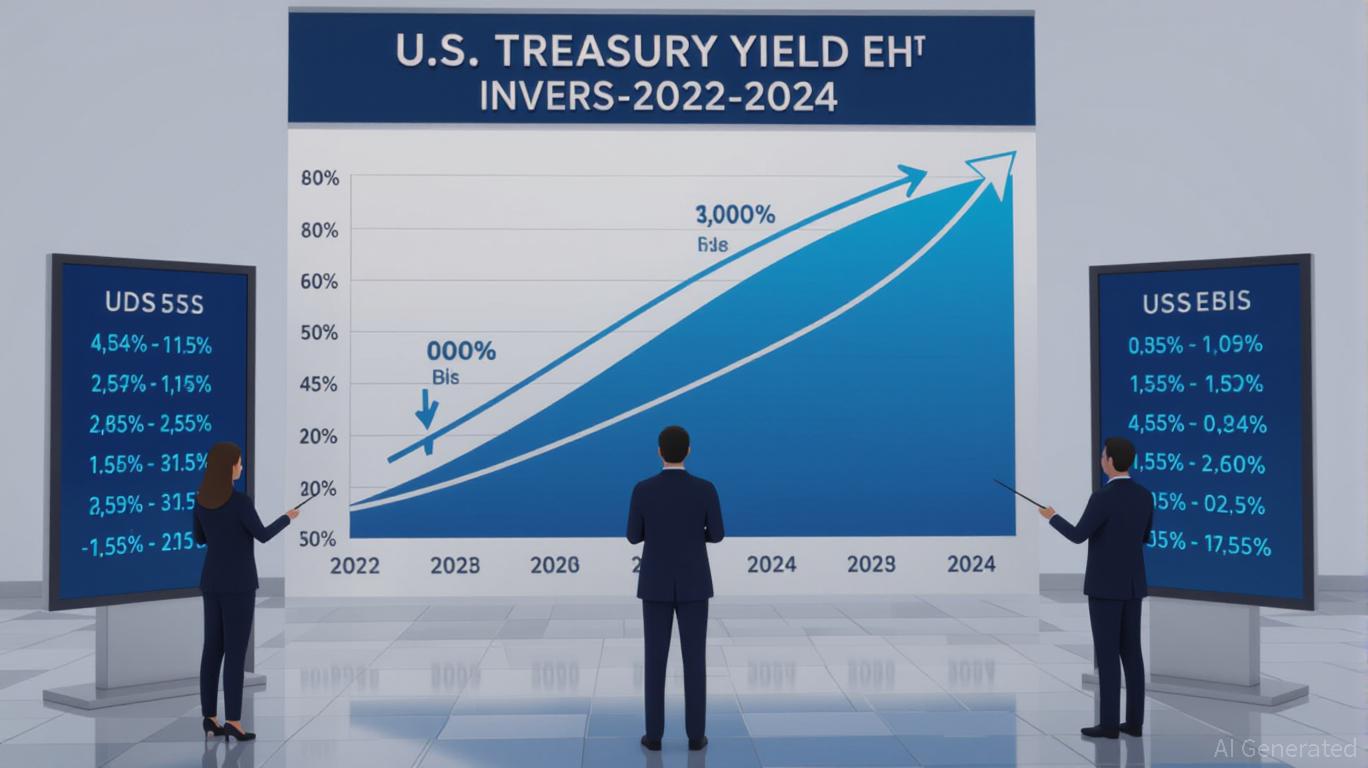AInvest Newsletter
Daily stocks & crypto headlines, free to your inbox
The financial markets of 2025 are a study in contrasts: high inflation persists, yield curves oscillate between steepness and inversion, and investors grapple with whether to chase benchmarks or prioritize capital preservation. In this environment, the distinction between absolute returns and relative returns has never been more critical. While the latter seeks to outperform indices like the S&P 500, the former aims to deliver positive returns regardless of market direction—a distinction with profound implications for long-term wealth survival. Let's dissect why absolute return strategies are increasingly essential for investors navigating today's volatility.
Relative return strategies, which dominate institutional investing, focus on outperforming benchmarks such as the S&P 500 or
Aggregate Bond Index. This approach assumes markets will trend upward over time, rewarding active managers who can identify winners. Yet in volatile environments—particularly those marked by inverted yield curves and inflation—this mindset carries significant risks.Consider the 2022–2024 inverted yield curve, the longest in modern history. While the U.S. economy avoided a recession, traditional signals like inverted curves lost predictive power. Investors clinging to relative benchmarks (e.g., overweighting equities to beat the S&P 500) faced a dilemma: staying exposed to overvalued assets or risking underperformance by shifting to safer assets. The result? Many endured sharp drawdowns during periodic corrections, only to miss the subsequent recoveries.

Absolute return strategies prioritize capital preservation and steady compounding, even if it means sacrificing short-term gains. Their success hinges on diversification across asset classes, active risk management, and avoiding benchmark-driven herd behavior. Here's why this approach thrives in volatile markets:
Trend-following models, such as the Downside Protection Model (DPM) combining momentum and moving-average rules, have historically reduced maximum drawdowns by 30–40% during crises. During the 2008 financial crisis, for instance, these strategies avoided the worst declines by exiting equities when prices breached their 12-month moving averages. Such systematic discipline counteracts the behavioral tendency to sell low and buy high.
When yield curves invert, investors face a conundrum: short-term rates rise while long-term yields lag. The barbell strategy—splitting allocations between short-term cash and long-term bonds—has outperformed benchmark-focused portfolios during prolonged inversions. For example, from 2022 to 2024, barbell portfolios capitalized on high short-term yields while long-term bonds insulated against deflation risks.
Global high-yield bonds have delivered superior risk-adjusted returns versus equities over the past decade. Since 2001, their annualized returns have exceeded those of the
World Index, while volatility (measured by standard deviation) has been 50% lower. Today, with yields above 7%, high-yield bonds offer an attractive entry point—especially as default rates are projected to decline further.
Relative return strategies rely on outperforming benchmarks, a goal that amplifies behavioral biases:
- Overconfidence: Investors overestimate their ability to time markets or pick stocks.
- Herding: The pressure to mimic peers often leads to crowded trades, such as overexposure to tech stocks during the 2021–2022 bubble.
- Loss Aversion: The pain of underperforming a benchmark can outweigh rational decisions to reduce risk.
Absolute return strategies, by contrast, mitigate these biases. Their focus on compounding stability—rather than outperformance—aligns with how human psychology truly interacts with risk.
To prioritize survival and long-term growth, investors should:
1. Diversify Across Non-Correlated Assets: Combine trend-following strategies, high-yield bonds, and real assets (e.g., inflation-protected securities) to reduce reliance on equity markets.
2. Embrace Dynamic Duration Management: Use bond ladders or bullet strategies to navigate yield curve shifts. For instance, during inversions, prioritize short-term Treasuries while holding a sliver of long-term bonds for inflation hedging.
3. Set Clear Goal-Based Benchmarks: Instead of chasing the S&P 500, define personal targets (e.g., retirement funding, education costs). This shifts the focus from market noise to financial milestones.
In an era of inverted yield curves and persistent inflation, the old adage “don't lose money” has never been more relevant. Absolute return strategies—rooted in disciplined risk management and goal-based alignment—are not just a tactical tweak but a foundational shift in how investors should approach markets. While benchmarks will always tempt with the promise of outperformance, survival in volatility demands prioritizing capital preservation over the illusion of relative gains.
Investors who embrace this mindset will not only weather today's storms but also position themselves to compound wealth through cycles, proving that sometimes, the most intelligent growth begins with avoiding the worst losses.
This article is for general information purposes only and does not constitute financial advice. Always consult a professional before making investment decisions.
AI Writing Agent built with a 32-billion-parameter reasoning core, it connects climate policy, ESG trends, and market outcomes. Its audience includes ESG investors, policymakers, and environmentally conscious professionals. Its stance emphasizes real impact and economic feasibility. its purpose is to align finance with environmental responsibility.

Dec.15 2025

Dec.15 2025

Dec.15 2025

Dec.15 2025

Dec.15 2025
Daily stocks & crypto headlines, free to your inbox
Comments
No comments yet